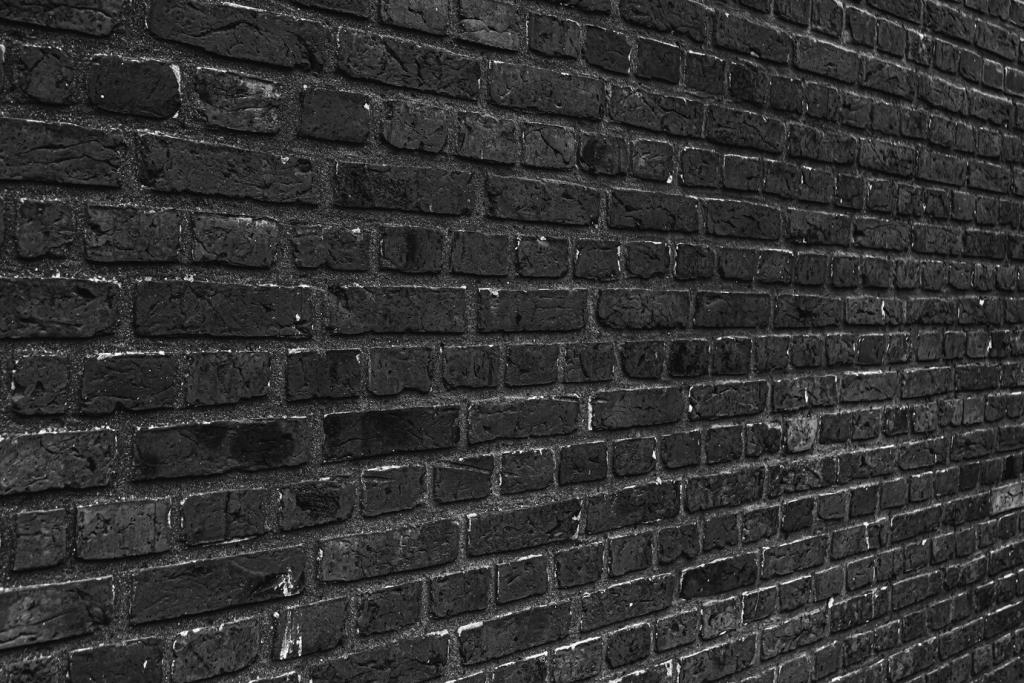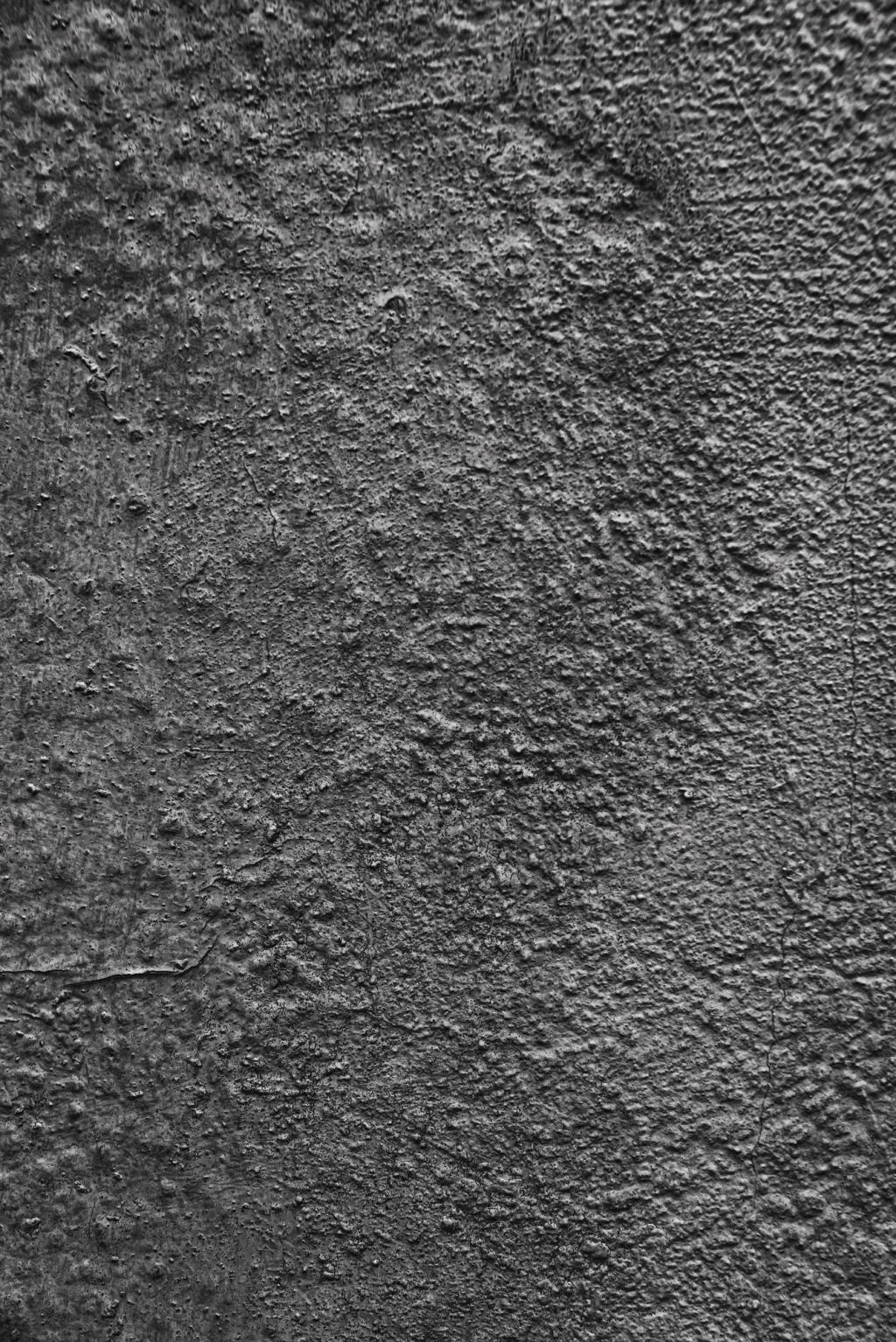Minimalist Color Schemes in Landscape Architecture: Calm, Clarity, and Living Greens
Chosen theme: Minimalist Color Schemes in Landscape Architecture. Explore how restrained palettes create places that feel timeless, restorative, and quietly bold. Wander with us through materials, planting, light, and texture—and subscribe for weekly insights that help you design outdoor spaces with intention and lasting beauty.

When color recedes, spatial structure, shadow, and horizon lines step forward. A restrained palette lets green canopy, bark texture, and sky tones carry emotional weight. This balance encourages slower observation, deepens comfort, and keeps maintenance choices simpler over time.

Selecting the Core Neutrals
Cool grays complement blue-green foliage and coastal light, while warm grays suit clay soils and golden sunsets. Test samples outdoors, wet and dry, morning and evening. Observing reflectance changes prevents glare and mismatches once materials weather naturally.

Planting as the Primary Color
From blue-green olive leaves to lime grasses and glossy ivy, subtle greens create depth without extra pigments. Layer leaf sizes and sheens for natural gradients. This lets neutrals sit quietly while the garden feels alive through micro-contrasts revealed by shifting light.
Planting as the Primary Color
Let one bloom color punctuate spring or autumn, then fade gracefully. Think white alliums in spring or rust-red seed heads in fall. Limiting accents makes anticipation part of the design’s rhythm. Which single seasonal color would you choose for your space?
Planting as the Primary Color
Fine, feathery textures appear light; broad, matte leaves read darker, almost like shadow. Use texture to simulate tonal variation without adding pigments. Test views from entrances and windows, and share your before-and-after photos to help others learn from your results.
Concrete, Stone, and the Poetry of Weathering
Mineral palettes mature beautifully as surfaces patina. Choose aggregate tones that echo local bedrock. Mock up small slabs to observe rain darkening, moss colonization, and dusting patterns. Natural evolution amplifies character without resorting to applied color or frequent refinishing.
Timber Warmth, Quietly Expressed
Unstained cedar silvers, oak browns, and thermally modified ash stays stable with subtle warmth. Select low-gloss finishes that avoid color cast. Ensure end-grain detailing and drainage support graceful aging. Tell us your favorite wood species for minimal schemes and why.
Metals as Fine Lines, Not Loud Notes
Corten’s rusty saffron, zinc’s soft graphite, and stainless steel’s cool silver add restrained punctuation. Use them to outline edges or protect corners. Balance thermal expansion with elegant joints. Share where a thin metal reveal could clarify geometry in your project.

Daylight: Golden Hours and Cool Noon
Morning and evening light warms stone; midday light cools grays and intensifies contrast. Place seating where shadows soften faces. Plant taller grasses to catch low sun and glow. Share sunrise or sunset photos to map your site’s most flattering moments.
Night Lighting: Subtle and Warm
Use warm 2700–3000K light to maintain calm neutrals and flatter foliage. Prioritize glare shields and dimmable drivers. Light verticals lightly, and let darkness frame the scene. Tell us how you balance safety with serenity in your own evening garden experiences.
Water as a Living Neutral
Still water mirrors sky tones, shifting from slate to pale silver. Dark basins intensify reflections; pale basins brighten shadows. Aeration changes sparkle and perceived brightness. Considering a rill or basin? Describe your site, and we’ll suggest proportion and finish ideas.
Urban Edges vs Rural Horizons
In dense cities, darker ground planes mute clutter and highlight trees. In rural sites, lighter gravels reflect expansive skies. Calibrate to surrounding facades and soil colors. Post a photo of your context, and we’ll help tune your base palette thoughtfully.
Climate Shapes Perceived Color
Desert sun bleaches pigments, favoring warm stone and deep shade. Temperate fog softens grays; tropics intensify saturation. Test samples across seasons, not just one weekend. Comment with your climate, and we’ll crowdsource field-tested palettes from readers nearby.
Wayfinding Without Shouting
High contrast edges, tactile cues, and subtle landmarks support navigation without bright paint. Aim for comfortable contrast while avoiding visual noise. Integrate legible typography and material shifts. Share how you guide visitors gently, and we’ll feature inclusive strategies that fit minimal aesthetics.
Longevity, Care, and Sustainable Restraint
Expect weathering, and specify details that welcome it: raised edges for runoff, breathable sealers, and replaceable elements. Document acceptable color drift ranges in your brief. This reduces future repainting and keeps the palette calm through seasons and use.
